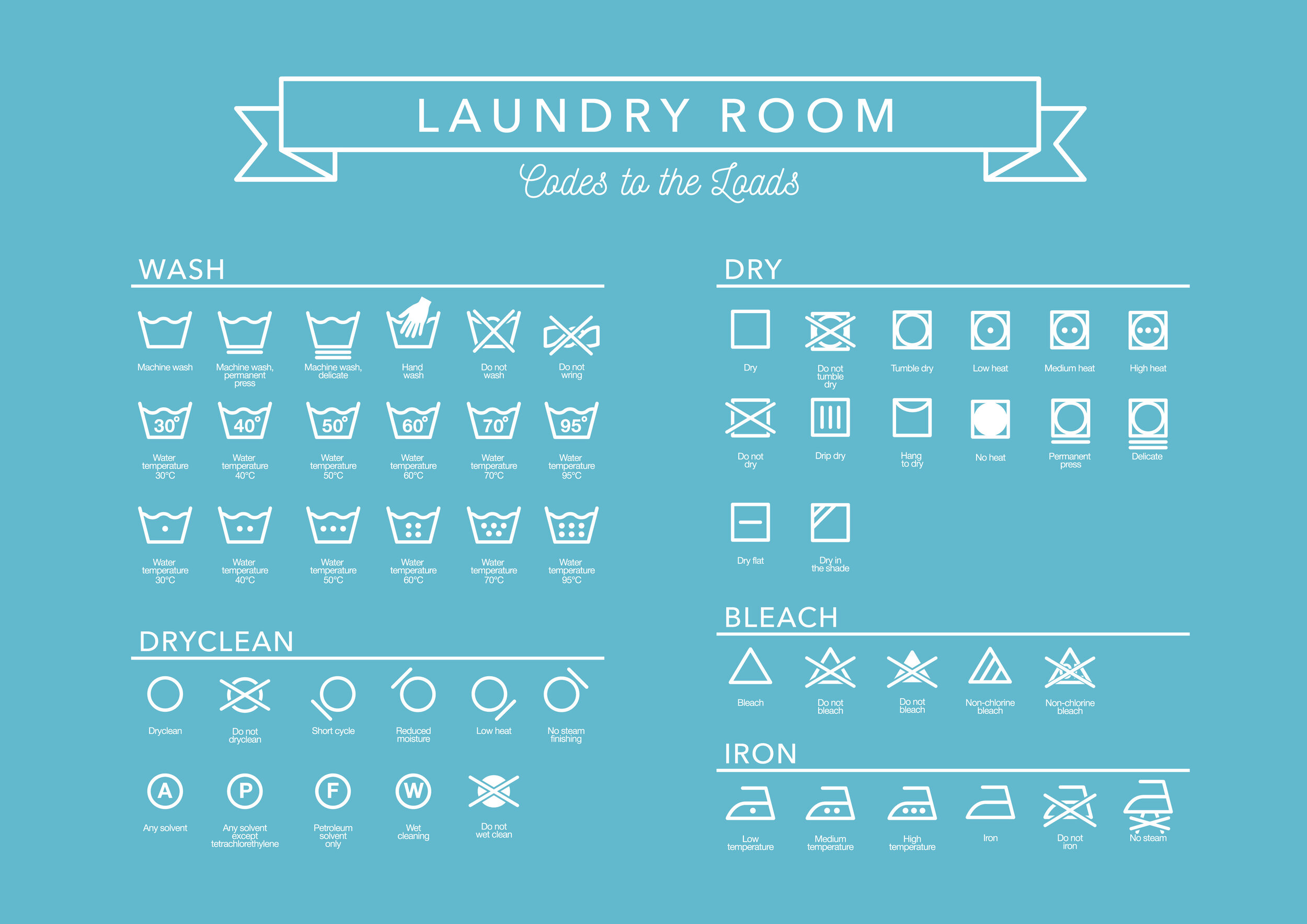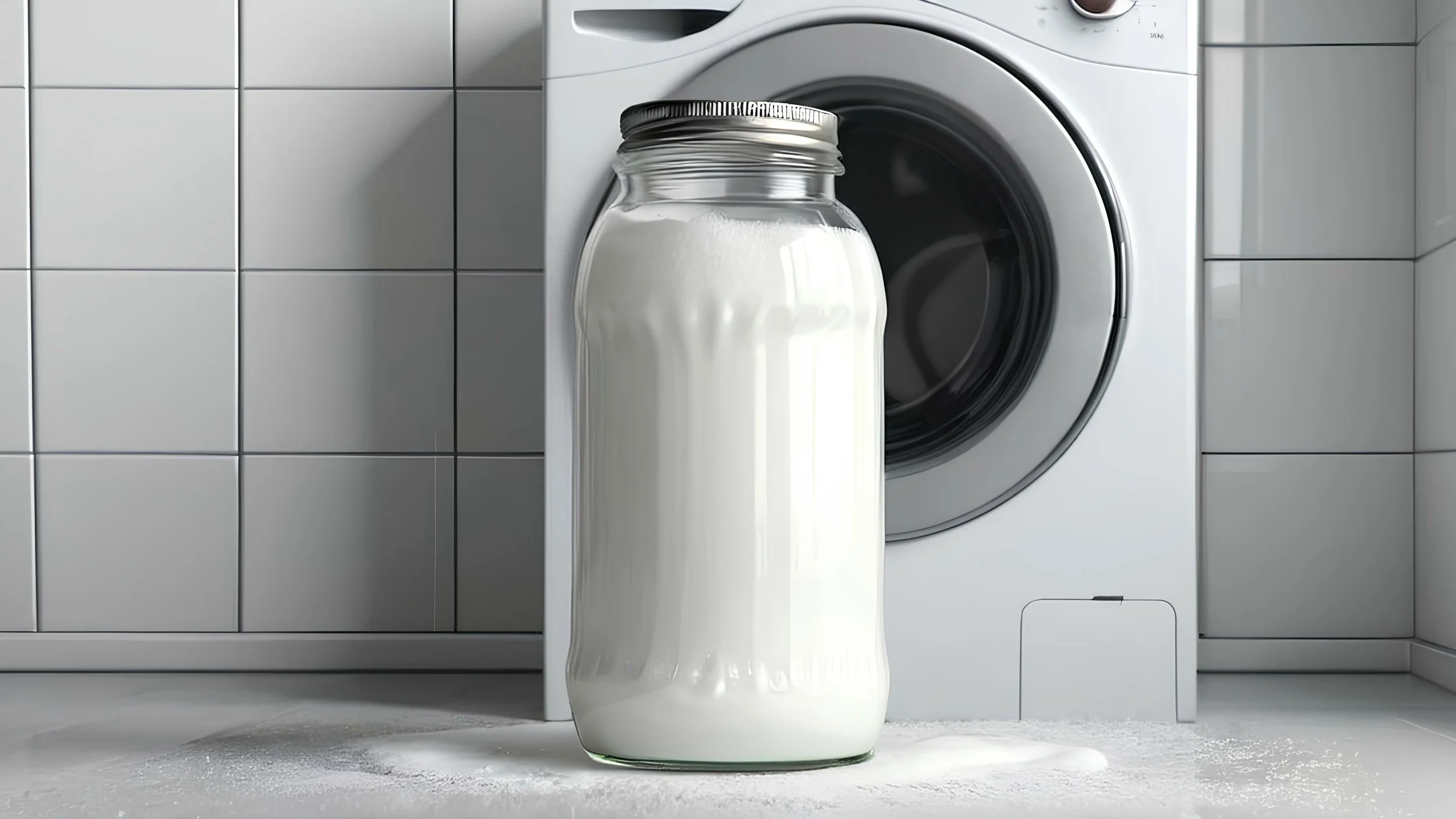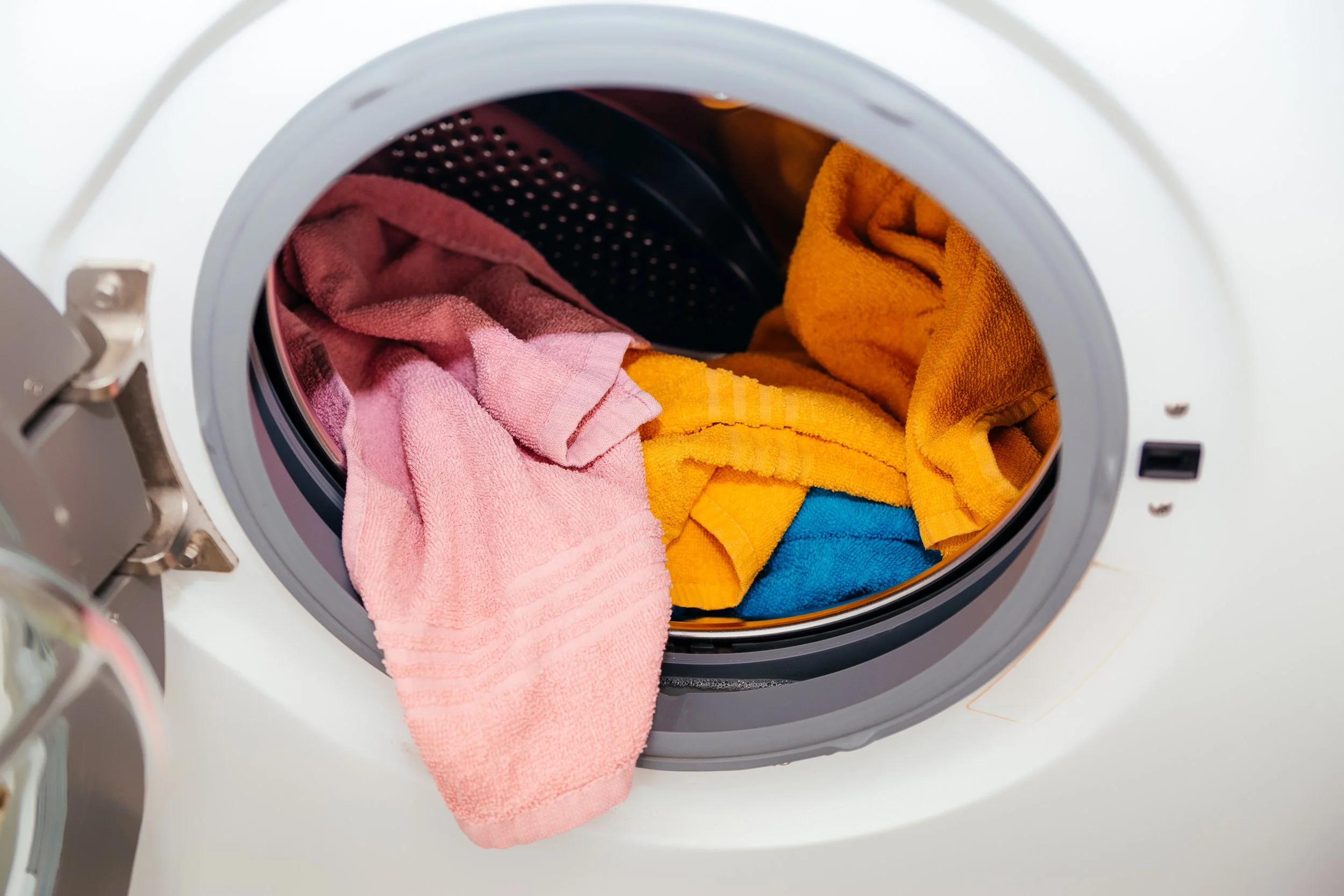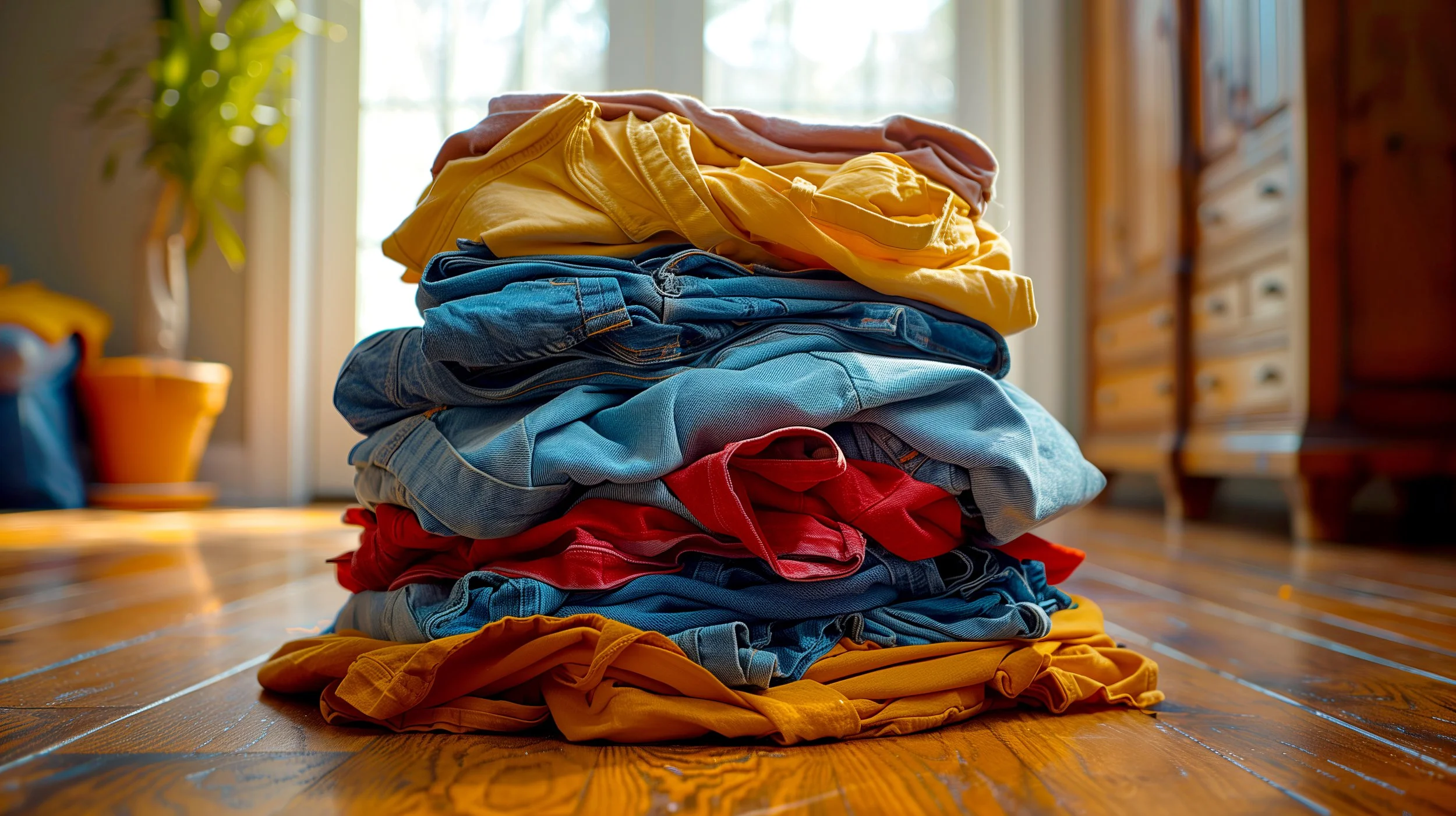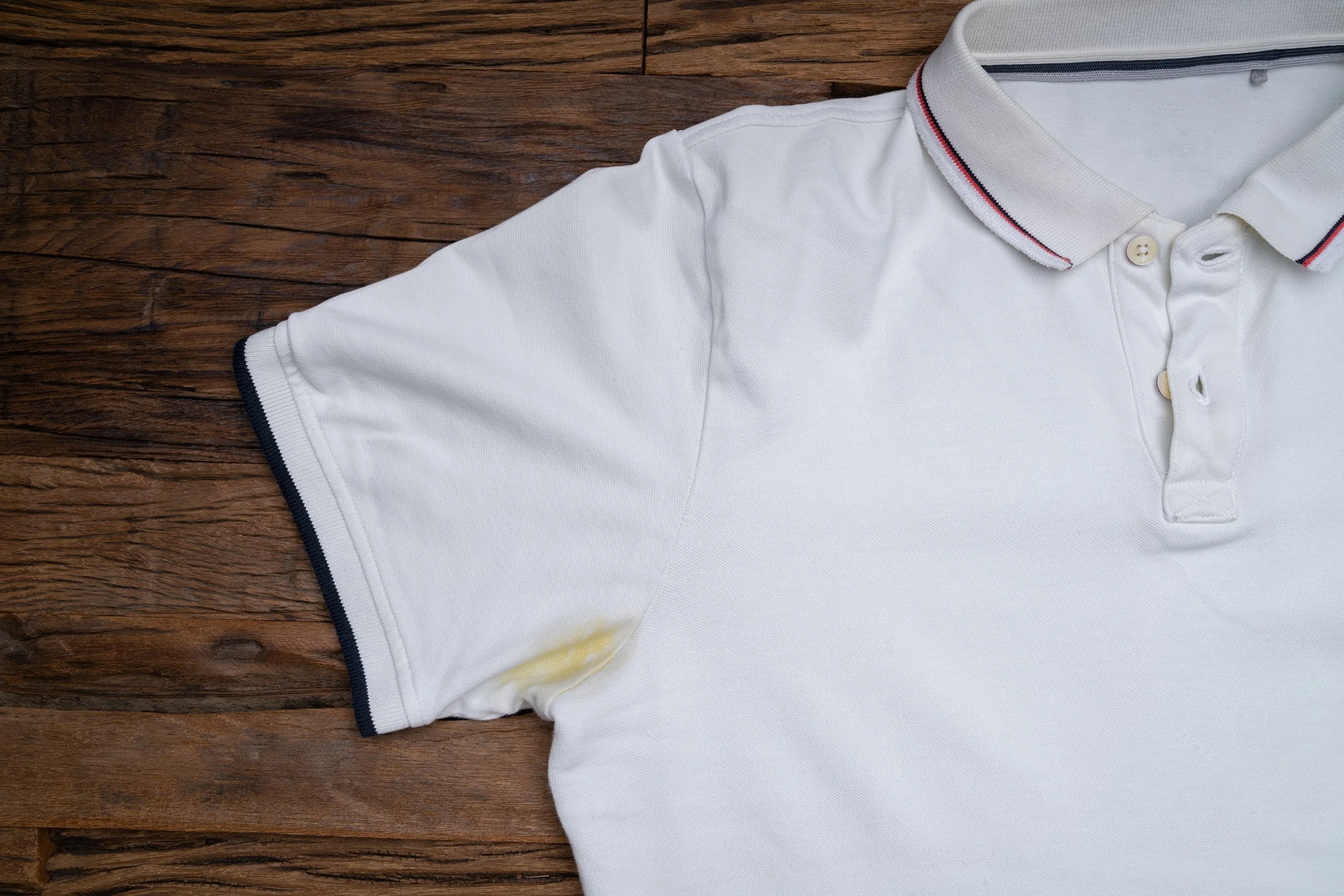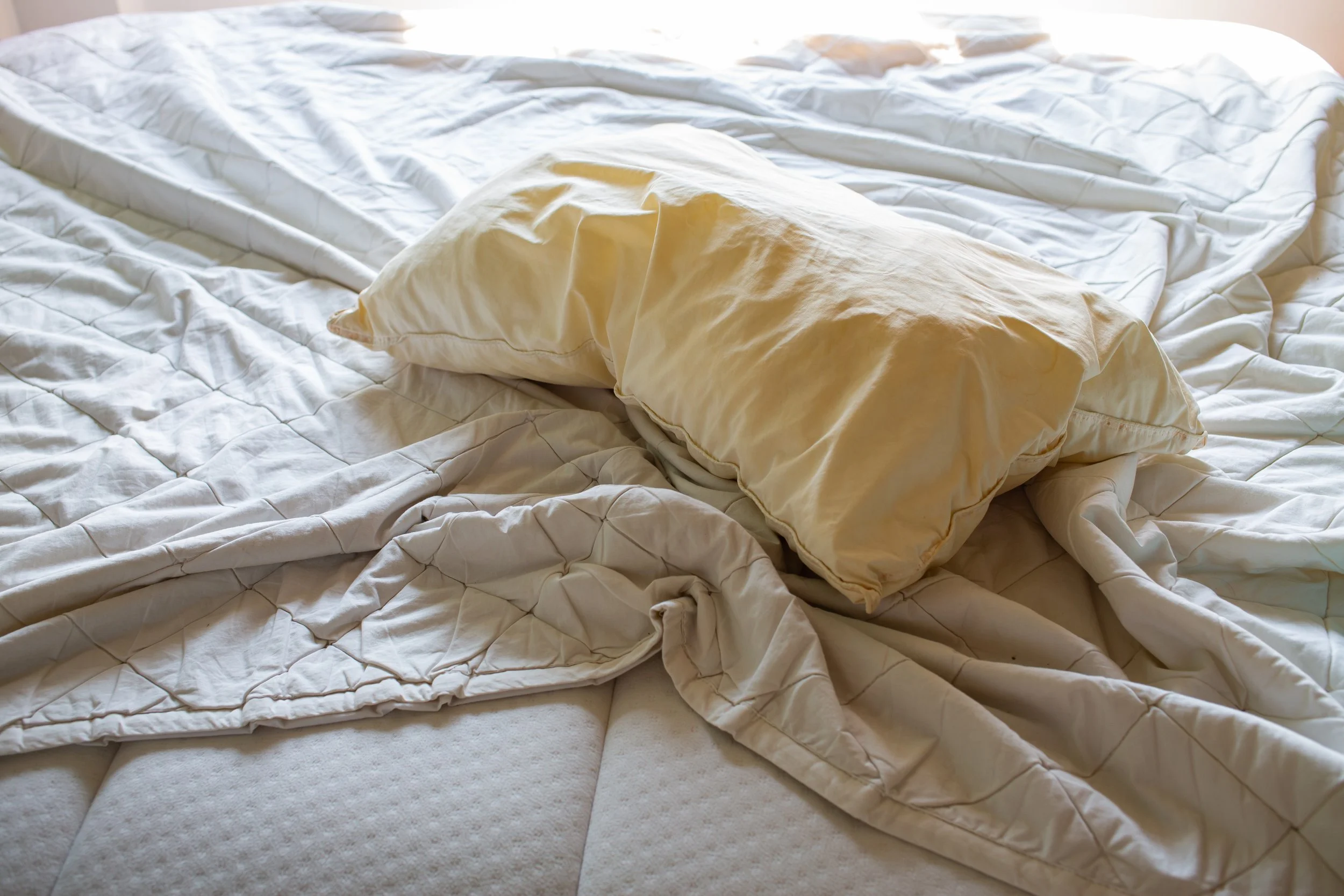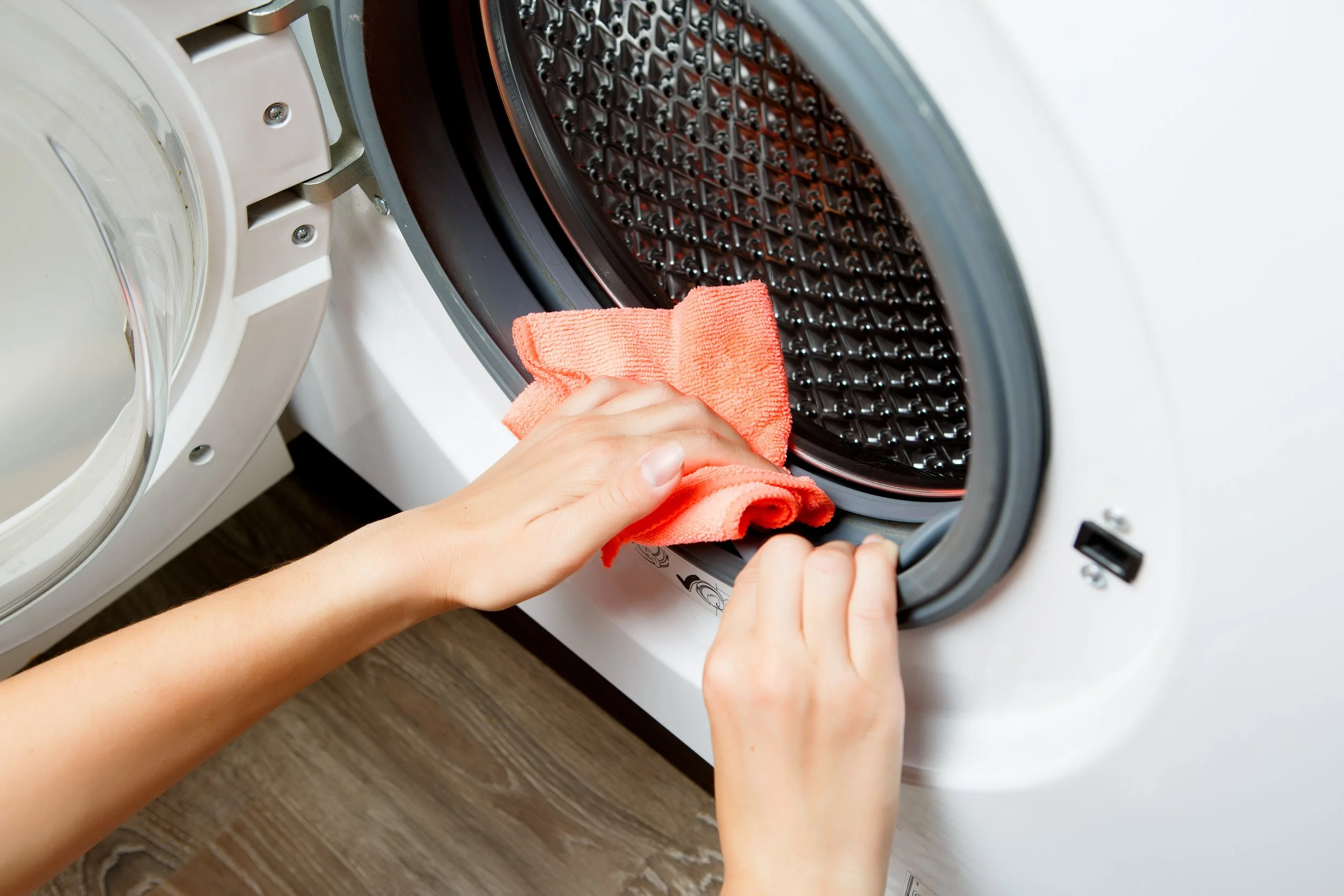Have you ever had a blouse come out of the wash a few sizes too small, or a jumper covered in bobbles? How about a silk dress that looks gorgeous on the first time you wear it, but loses its shine after just one spin? If this is the case, it might be time to learn about the laundry care label.
You’ve probably noticed the strange symbols, runes, and hieroglyphics that make up the laundry care symbols on your garments’ label. You might even have noted a ‘hand wash only’ sign and separated something out for special treatment. But, for the vast majority of us, these markings are an indecipherable string of bizarre pictograms best left unread.
However, it is worth taking a closer look at your clothing care symbols. At first glance, they might seem complicated, but they are there to help you and can make a big difference to your laundry. Once you’ve mastered the basics, they aren’t hard to understand either, and washing your clothes with them in mind will make a big difference to the longevity of your favorite items.
Each laundry symbol has a specific meaning...but don’t worry, you don’t have to memorize each one on its own! Clothing care labels are grouped into ‘families’, and in this guide, we will take you through each one to help you understand how to treat your clothes.
But first, where exactly did these symbols come from?
History of Laundry Care Symbols
The laundry tag symbols we’re familiar with today were introduced back in 1963 by an organization in Switzerland called GINETEX. Up until the late 50s, clothes and textiles were predominantly made from natural materials such as cotton or linen, which meant that washing was a far simpler business. As synthetic fibers became popular in the early 60s, there was also a technological leap forward in laundry appliances, with more innovative washers and dryers becoming available. To assist with the more complicated care requirements and the increased capabilities of machines, GINETEX was formed, and a set of internationally recognized care symbols was established.
Laundry Care Symbols Explained
General Washing
General washing symbols look like a bucket filled with water. This indicates the garment is machine washable. A number inside the bucket shows the maximum temperature that the item should be washed at. This is also sometimes represented with dots (one dot meaning 30°C / 86°F, two dots 40°C / 104°F, and four dots 60 °C / 140°F).
Lines or bars underneath the washing tub are an indication of how much care needs to be taken and generally refer to synthetic fabrics. One bar shows that a low- or non-spin cycle needs to be used, and two bars show that an even milder wash is necessary. A line or a cross through the symbol means that you should not wash the item at all.
Dry Cleaning
Dry cleaning symbols are marked with a small circle. This means the item of clothing should be dry cleaned. Letters inside the circle show what sort of chemicals should be used (although this is more relevant for the dry cleaner unless you happen to own your own dry cleaning machine!).
Underlining the circle indicates the level of care that needs to be taken with the item - the more lines, the more care is required! As with general washing, a cross through the circle shows that the garment should not be dry cleaned.
Ironing
The ironing symbols are probably the easiest to decipher as they look like a little iron! A simple iron shows that the garment can be ironed at any temperature. Dots inside the iron show how much heat can be applied to the item. One dot stands for delicate fabrics like silk or wool, two dots for synthetic fibers, and three for cotton. One dot is the lowest temperature setting, and three dots is the highest temperature setting on your iron.
A small spray of lines coming from the bottom of the iron shows that steam can be used, and a cross through the iron indicates that ironing should be avoided.
Drying
A circle inside a square represents a tumble dryer and gives instructions about how to dry your clothes. As with the ironing symbols, the number of dots inside the circle shows how hot the spin cycle should be, with more dots meaning more heat. A cross over the tumble dryer icon indicates that the item of clothing is not suitable for tumble drying.
Handwashing
Handwashing symbols are a subsection of the general washing symbols and generally apply to delicate clothes made from fabrics like cashmere or silk. If the bucket of water symbol has a hand inside it, then the item needs to be hand-washed or at least washed on a delicate, cold, non-spin cycle.
A twisted symbol that looks like a Christmas cracker or a bow tie indicates that the item can be wrung out, while a cross through this symbol shows that wringing out the garment will damage it.
Bleaching
Bleaching symbols are not universal and won’t always be included on your laundry care label. However, if you are considering adding bleach to your cycle to get your whites gleaming again, it is worth checking very carefully.
Bleach symbols look like triangles. A cross over a solid triangle indicates that the garment is not suitable for bleaching. A triangle with two diagonal lines means that a non-chlorine-based bleach must be used. A clear triangle with no lines shows that any bleach is OK.
Laundry care symbols might appear complicated initially, but once you know how they work, they are pretty easy to understand. However, even when you know exactly how to read your clothing care tag, some garments are just too precious to take on a risk.
If you’re in doubt about how to wash your clothes safely and reliably, it’s always a great idea to seek the help of laundry professionals. Drop off your laundry, or schedule a pickup at a reputable laundry service provider like WaveMAX Laundry and rest easy knowing your most important pieces will be treated perfectly!


